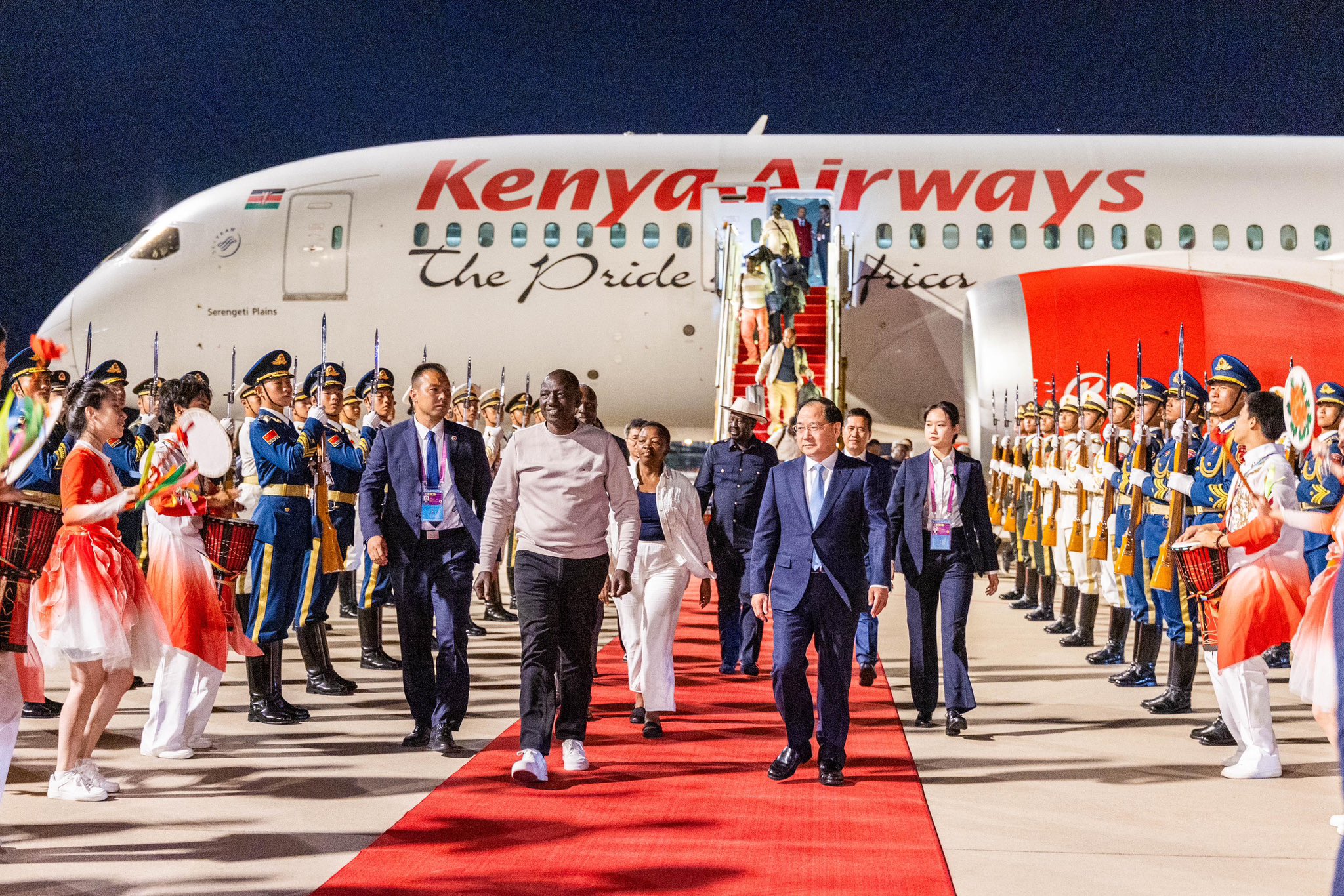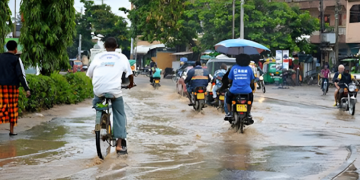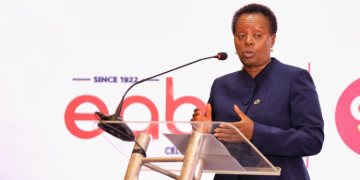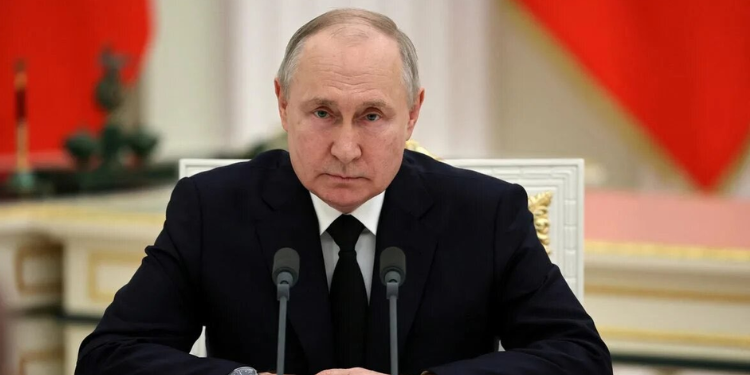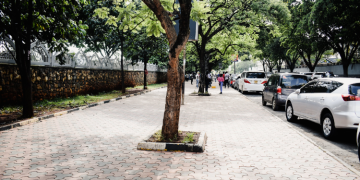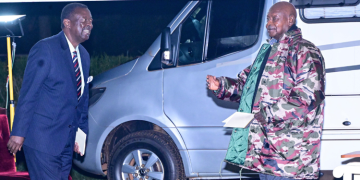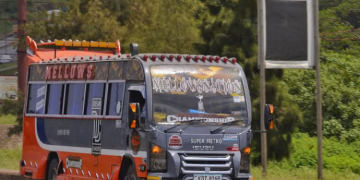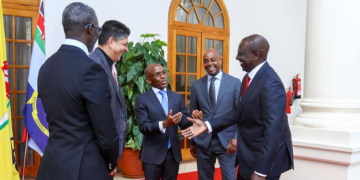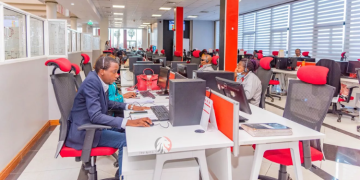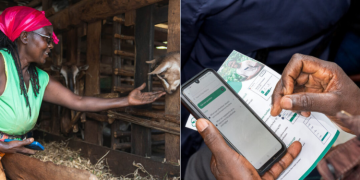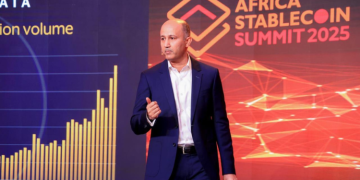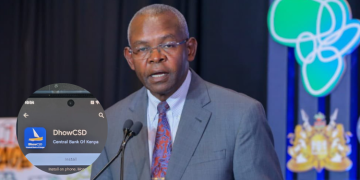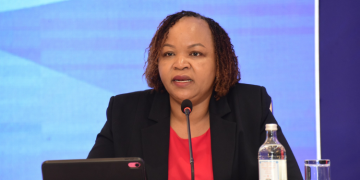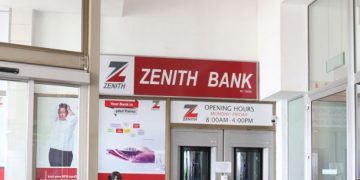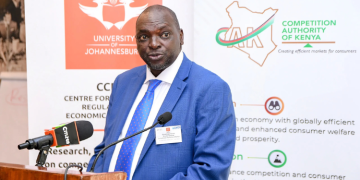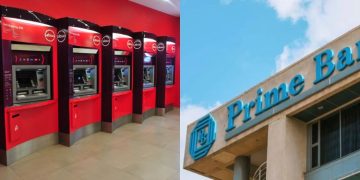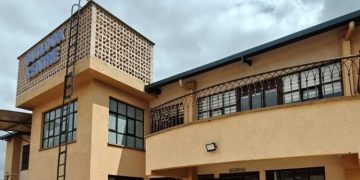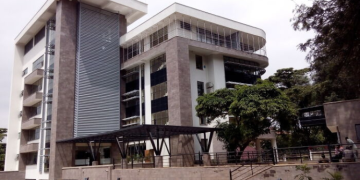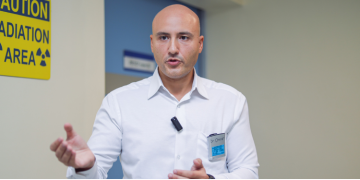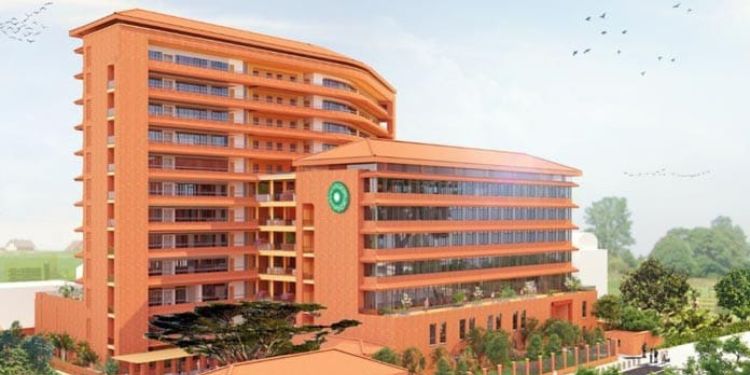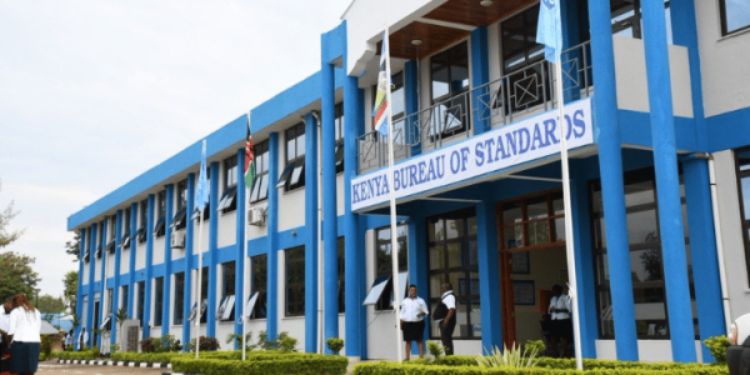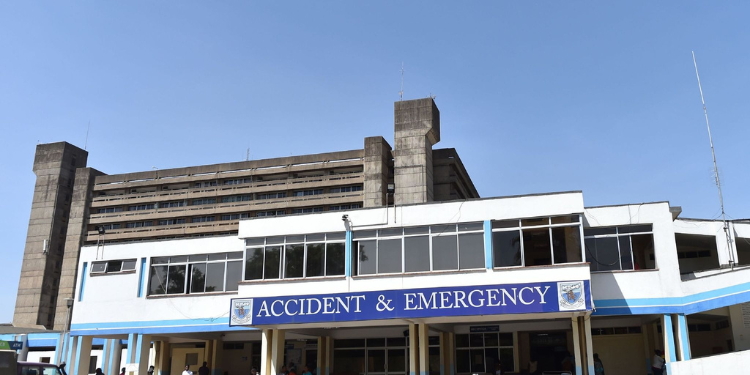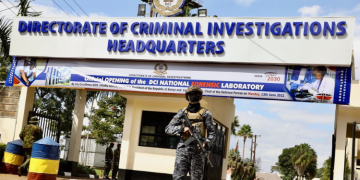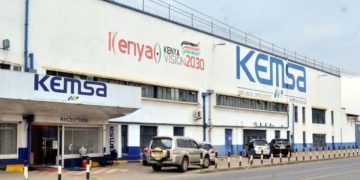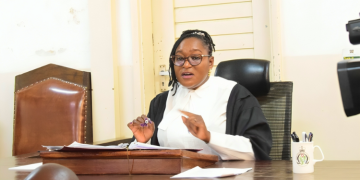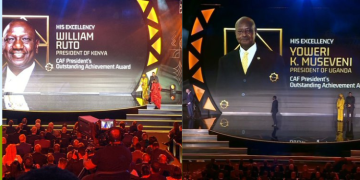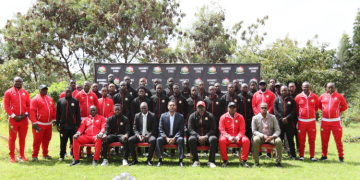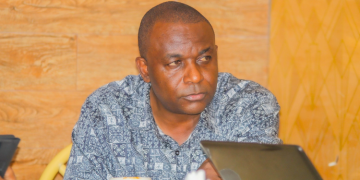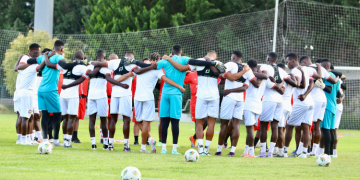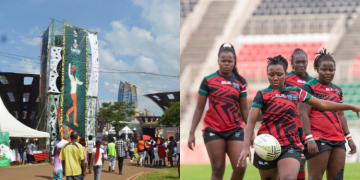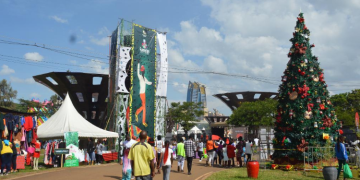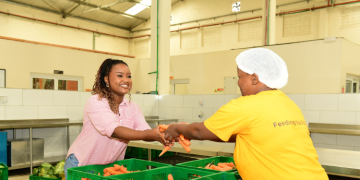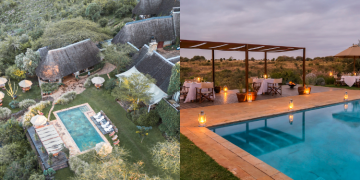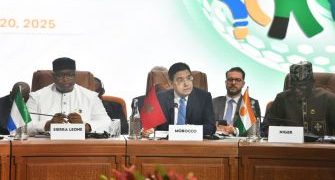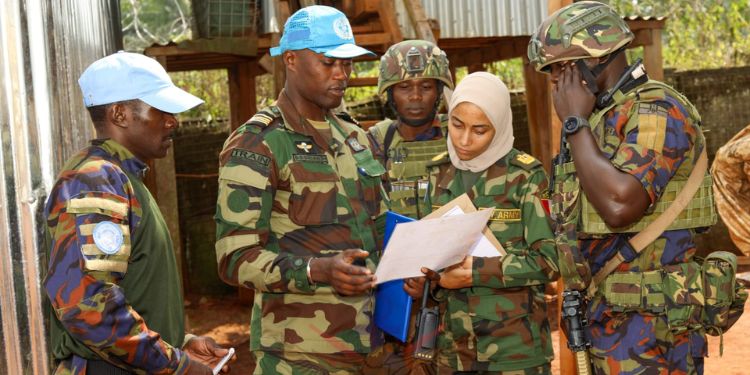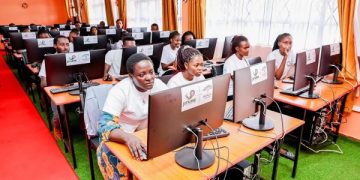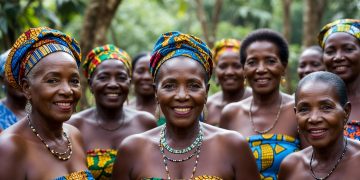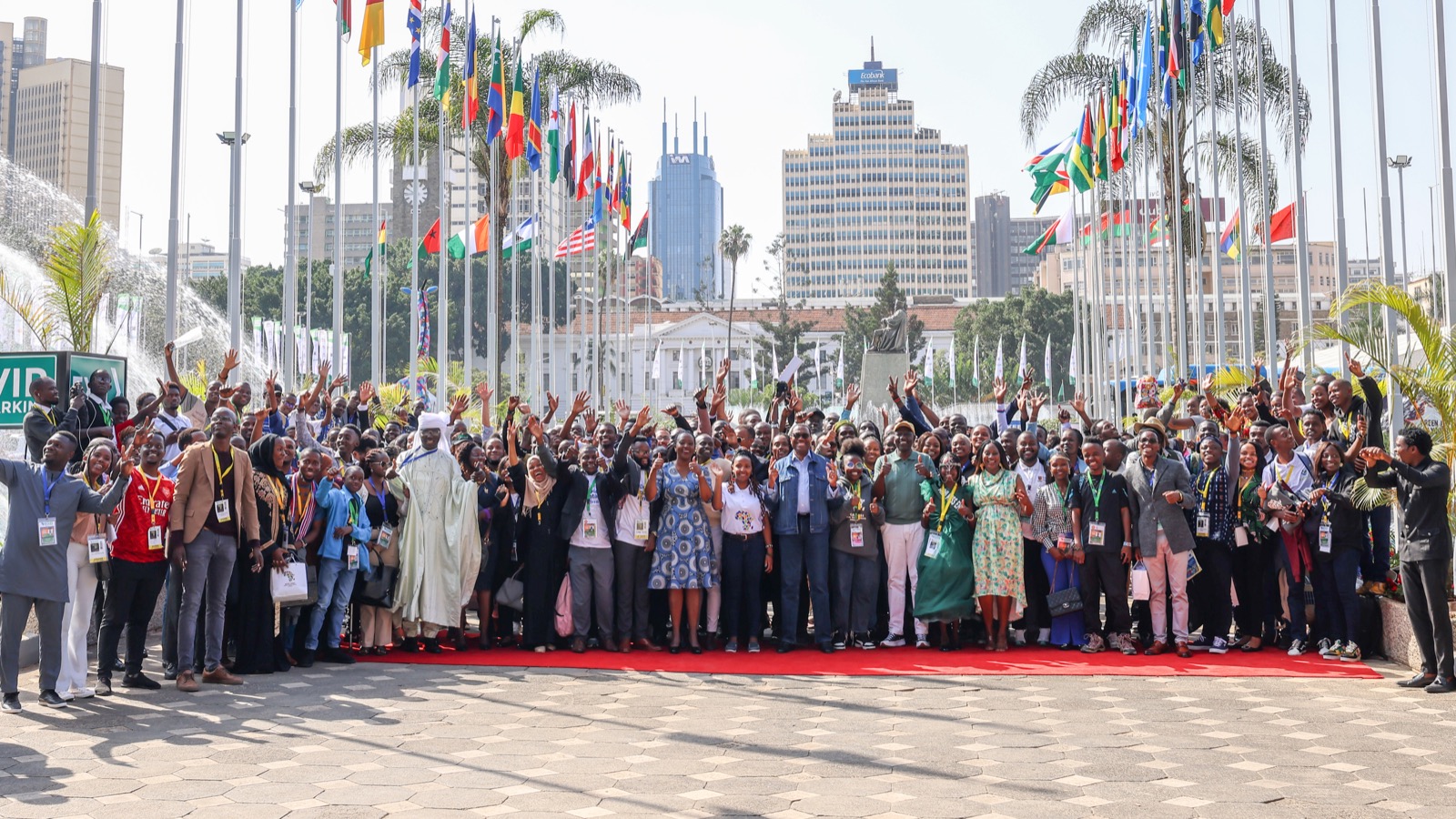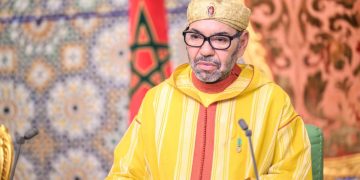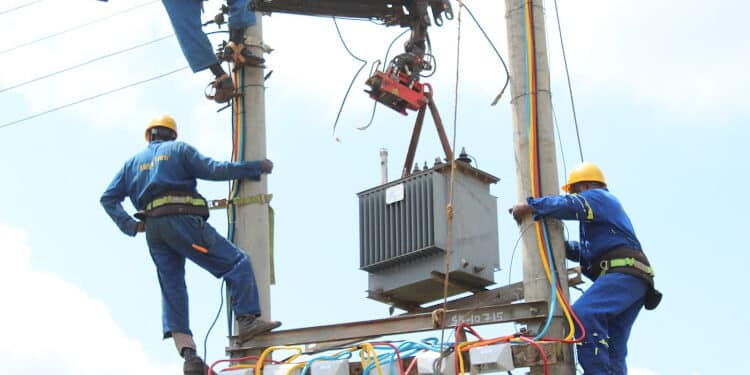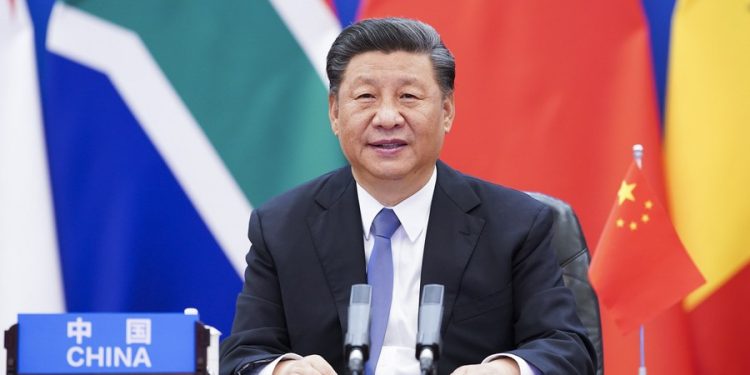The shift in how Africa is discussed during the recent World Atomic Week in Moscow marks the beginning of Nuclear Renaissance 2.0. What was once dismissed as too costly and risky is now firmly back on the table. Heavy industry, data centres, and the desalination plants require vast amounts of steady, clean baseload power. As such, the conversation is no longer restricted to South Africa’s Koeberg or Egypt’s El-Dabaa. It is about the role that nuclear power technology will play in delivering the future described in the African Union’s Agenda 2063.
In addition to its recent expansion to include Egypt, Ethiopia, Indonesia, Iran, Saudi Arabia, and the United Arab Emirates, BRICS+ has positioned itself as the world’s premier nuclear exporters’ club.
Russia’s Rosatom already holds contracts across Africa, China has perfected large-scale builds at home, and India and Brazil bring fuel and technology expertise to the table.
South Africa is also keeping its peaceful nuclear legacy alive with plans to expand Africa’s only commercial nuclear plant. Taken together, these nations offer African newcomers like Kenya and Rwanda means of domesticating nuclear power technology, which is something the West has unfortunately procrastinated on providing for decades.
Africa’s ambitious nuclear plan
Kenya’s first nuclear plant to be constructed in Siaya has an ambitious timeline that envisions construction beginning in the late 20s and commercial operations commencing in the 2030s.
Nuclear plants, both small and large, require billions of dollars in upfront financing, decades of workforce training, and strong, consistent governance.
This is where the newly formed BRICS+ Nuclear Platform becomes relevant.
Also Read: Why Africa’s Youth Should Lead Nuclear Revolution
The Platform offers more than just the technology. Russia is already building El-Dabaa in Egypt on a turn-key basis, training locals while supplying fuel and operating expertise.
South Africa is quietly weighing similar paths. Ethiopia recently made clear, explicit political support for a nuclear project via President Abiy Ahmed at the just-concluded World Atomic Energy Week.
Rwanda’s Dual Fluid, in aiming for criticality soon, contrasts with Kenya’s proposed timelines that have not been met in the past.
Some say that newcomers leaning entirely on BRICS+ is swapping one kind of energy dependency for another. However, regional cooperation with our neighbours attenuates such.
Harmonising nuclear safety and licensing under African Union frameworks, building shared regulatory capacity, and prioritizing local content in vendor contracts are some means to prevent nuclear power from becoming yet another resource trap.
Tripling nuclear capacity by 2050 would mean adding 1,000 GW of new reactors, costing approximately $6 trillion. No African treasury can shoulder such a burden. Financing must be optimized to incorporate blended structures that leverage development banks, climate funds, sovereign guarantees, and private capital. Public-private partnerships, which have largely been successful in the region, are an option.
The potential of Small Modular Reactors (SMRs) is writ large in the BRICS+ Platform. SMRs are, however, largely unproven. The sub-300 MWe nameplates, factory-built on the factory floor, promise shorter construction timelines and lower upfront costs, and have been marketed as ideal fits for most of Africa’s ancient and fragile grids. Given recent interconnections into regional power pools, East African newcomers may want to compare SMRs to their conventional counterparts.
Kilifi to Siaya Move
For Kenya, relocating a conventional nuclear project inland from the coast to Siaya means that serious investment in transport infrastructure is needed to deliver massive nuclear power components to the inland site.
Also Read: IAEA Milestones – Africa’s Map the Global Nuclear Power Race
The most effective way to market this is to demonstrate how the project extends far beyond electricity. Nuclear clusters tied to industrial hubs or supplying both power and process heat create the multiple revenue streams that improve bankability.
Nuclear alone will not deliver Agenda 2063, but without it, targets for industrialisation, energy security, and climate resilience will remain out of reach. What is needed are the right partners who share the common vision of eliminating energy poverty before the deadlines set by our leaders in Agenda 2063.
BRICS+ and its nuclear Power platform are excellent places to start the search.
Follow our WhatsApp Channel and join our WhatsApp Group for real-time news updates.
